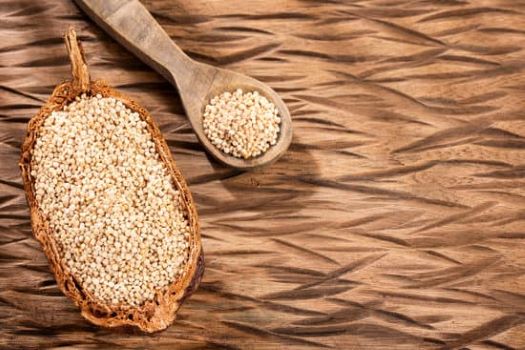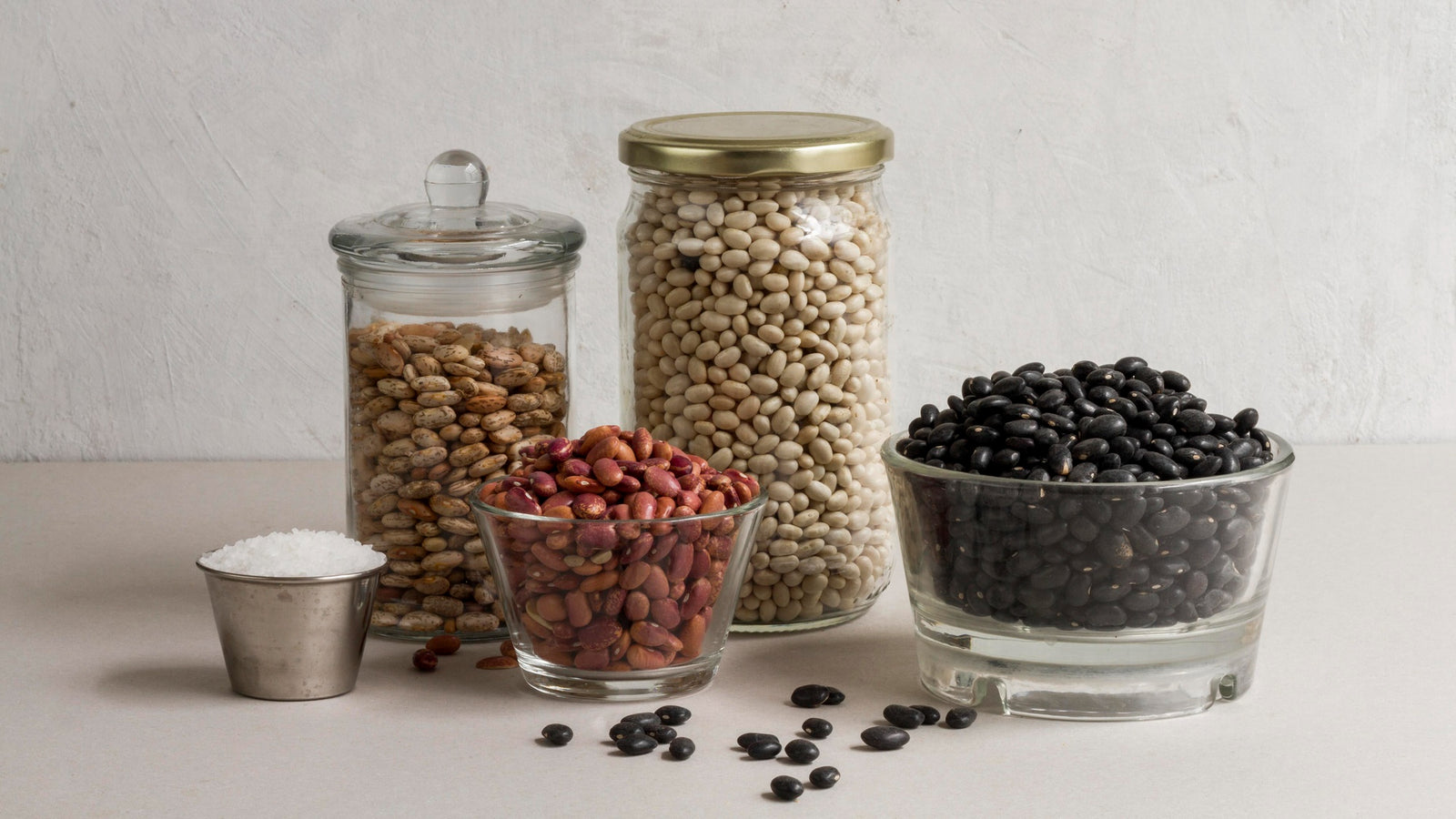
January 25, 2017 3 min read
The History of Quinoa
Quinoa is one of the few ancient grains that have remained largely unchanged over the millennia. It is  believed that this nutrient-packed grain was initially cultivated over 5000 years ago and is traced originally to the Incan civilization of South America. Quinoa was a staple for the Incan people and offered so many nutritional benefits that it became known as the “mother of all grains” by them.
believed that this nutrient-packed grain was initially cultivated over 5000 years ago and is traced originally to the Incan civilization of South America. Quinoa was a staple for the Incan people and offered so many nutritional benefits that it became known as the “mother of all grains” by them.
While there are many varieties that have been cultivated over time, only a small handful have made it into the mainstream market. Typically only white, red, and black quinoa can be found these days.
Quinoa is regarded as a pseudo-cereal meaning it is a food variety with seeds that can be milled and ground into flour, similar to those of other grains and cereals. The pseudo-cereal title is used to categorize foods which are not grasses, yet can still be ground into flour. Quinoa also boasts all the properties of whole grain, meaning that quinoa grains can be consumed whole without any processing or refining and as such do not lose any of their fiber content or nutritional components.
Nutrition
Whole grains like quinoa contain not only essential minerals and vitamins but also retain all of their fiber after being cooked, making meals prepared with quinoa more filling and satisfying.
Importantly, quinoa provides unusually high levels of nutrients. These include iron, B vitamins, phosphorous, magnesium, potassium, calcium and vitamin E. In fact, its nutritional profile is so rich that it is only one of a few plant foods that are regarded as a complete protein, containing all of the essential amino acids. As an added benefit, quinoa also has a high protein to carbohydrate ratio when compared to other types of grains.
Due to its high protein content, quinoa is an important component of not only a vegetarian diet but also for those who need to be gluten-free. Just like oats, quinoa is also a naturally gluten-free food. Since most gluten-free products are made from rice, corn, or potato flour instead of wheat, certain important nutrients may be missing from many gluten-free diets. Incorporating quinoa into your diet can prevent these nutritional deficiencies. However, if being gluten-free is critical, ensure that whatever products you buy are certified gluten-free.
Quinoa has also attracted a substantial following in weight-loss circles since it is able to provide all essential nutrition without most of the calories. Dieters have discovered they are able to lose weight and keep it off when they limit wheat-based products or other gluten grains, replacing it with Quinoa. Additionally, while being a complex carbohydrate, quinoa also is relatively low on the glycemic index, contributing to it being a good choice for long-term weight management.
Check out the non-profit WHFoods.org for even more on Quinoa.
Cooking With Quinoa
On its own, quinoa has a natural coating known as saponin, which can be bitter to taste. To use quinoa, grains should be rinsed thoroughly prior to cooking so that saponin is removed completely. In the Be Still Farms kitchen, we have also discovered that lightly roasting the grains in a pan with a dash of olive, coconut or sunflower oil can draw out the unique flavors of quinoa.
Cooked quinoa yields a subtle nutty taste that adds a flavorful dimension to meals.
It is easy to add quinoa to meals as it can be incorporated into diets in a variety of ways- it can act as as a replacement for rice, pasta or other foods containing gluten such as couscous and bulgar; it can be prepared as a breakfast cereal (see our Quinoa & Oats Porridge Recipe as an example) or added into hot soups or cold salad for added texture and protein. Its earthy flavor makes quinoa a suitable option for many other foods as well including pilafs.
Another creative way to add this healthy food to your diet is to use quinoa flour for baking. Ground quinoa is a healthy replacement for wheat in baked goods like muffins, bread, cookies, waffles, and pancakes.
Lastly, quinoa can be prepared in as little as 15 minutes making its prep-time considerably shorter than most whole grains. So when you are in a hurry for a healthy, protein-filled meal, quinoa is the perfect option!
Check out all the Be Still Farms Recipes here, including a new basic quinoa hot cereal recipe coming this Friday!
❤ Try our USDA certified organic Red Quinoa and White Quinoa ❤
Recipes:
Thanks for reading this Be Still Farms Blog article. To sign up for more news/articles and/or recipes, click here. For more about us, click here. To shop our certified organic products, click here.
Please comment and share and we look forward to serving you in the future!
Comments will be approved before showing up.

May 01, 2024 3 min read
This article explores the differences between cane sugar and beet sugar, from their production processes to environmental impacts, highlighting why understanding these distinctions is crucial for making informed decisions about food consumption and sustainability.

April 29, 2024 3 min read

April 24, 2024 3 min read
This article explores the unique characteristics and culinary uses of pinto beans, small red beans, and black beans. Highlighting their distinct flavors, textures, and nutritional profiles, the piece delves into how each bean fits into different regional cuisines and cooking methods. From the creamy texture of pinto beans in Mexican dishes to the firmness of small red beans in Caribbean meals and the robustness of black beans in Latin American recipes, this guide offers a comprehensive look at these versatile staples in global kitchens.
© 2024 Be Still Farms- Real, Fine Organics.
Privacy | Terms | Refund Policy | Organic Certification
